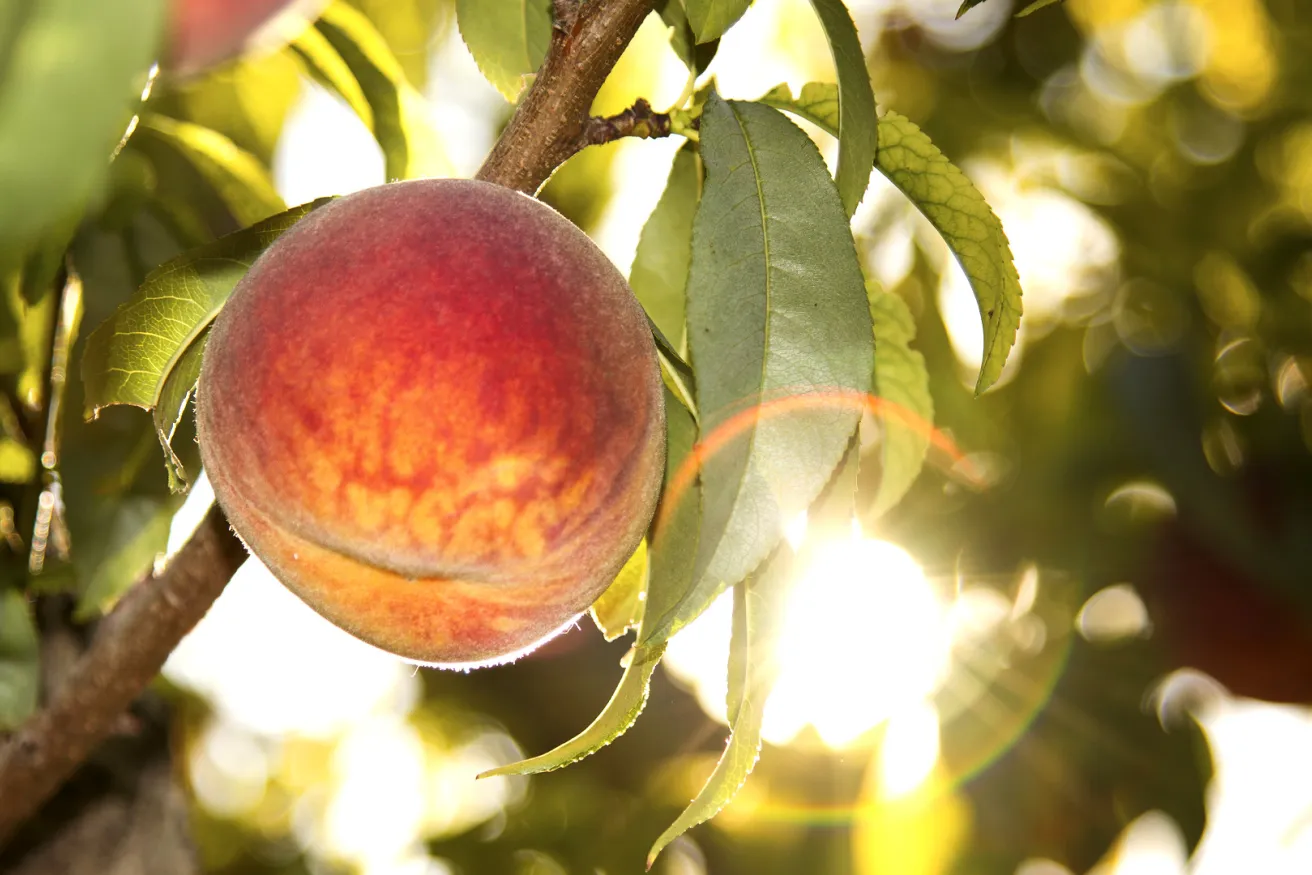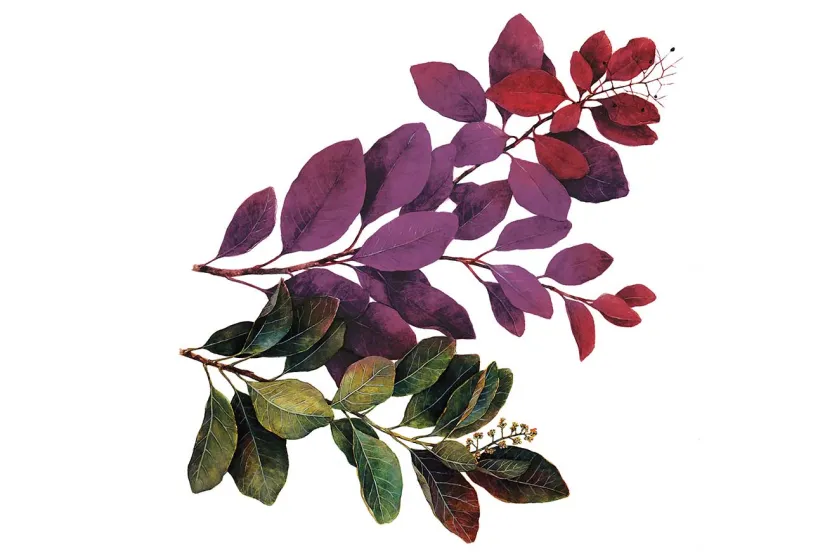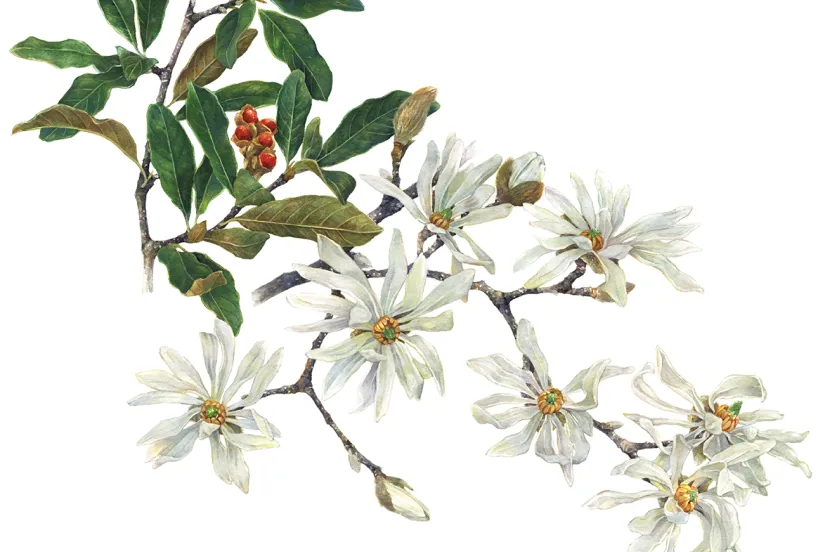Now live: The 2025 Canopy Report. Learn how Americans see trees. GET THE REPORT
Prunus persica ‘Elberta’
The Elberta Peach—one of the most popular varieties of peach trees—was first introduced in Georgia in 1875 by Samuel H. Rumph. Rumph, who introduced peach tree farming to the south around the turn of the century, first cultivated the Elberta Peach after he crossed an Early Crawford and Chinese Cling, which he later named "Elberta" in honor of his wife Clara Elberta Moore.
The Elberta Peach is considered to be one of the more active peach trees, and can produce up to 150 pounds of peaches in one season. In addition to its peaches, it blooms each spring with an abundance of vibrant pink and purple flowers, followed by its harvest season around early to mid-July. Its tender sweet freestone peaches can be enjoyed a variety of different ways, and are exceptionally delicious in cobblers and pies.
Here are a few things to note if you’re considering adding one to your yard.
Environmental Conditions
- Does best in well drained, sandy soil, is not drought-tolerant (hardiness zones 5-9). Avoid planting in dry areas with little moisture.
- Fast growing tree, growing up to three feet a year and reaching 8-25 feet at maturity.
- Prefers full sun, with at least six hours of direct sunlight every day.
Physical Attributes
- Blooms dark pink to purple flowers in the spring.
- Produces large, juicy yellow peaches that ripen from late July to early August (may be 4-6 weeks later in colder climates). Will bear crops after 3-4 years.
- The peaches are excellent for fresh eating, desserts, canning, freezing and jam.
- Self-fertile, although it doesn’t require a second tree to produce fruit, planting two trees is recommended for a better crop.
Tag us in a photo @arbordayfoundation of your Elberta peach tree!




